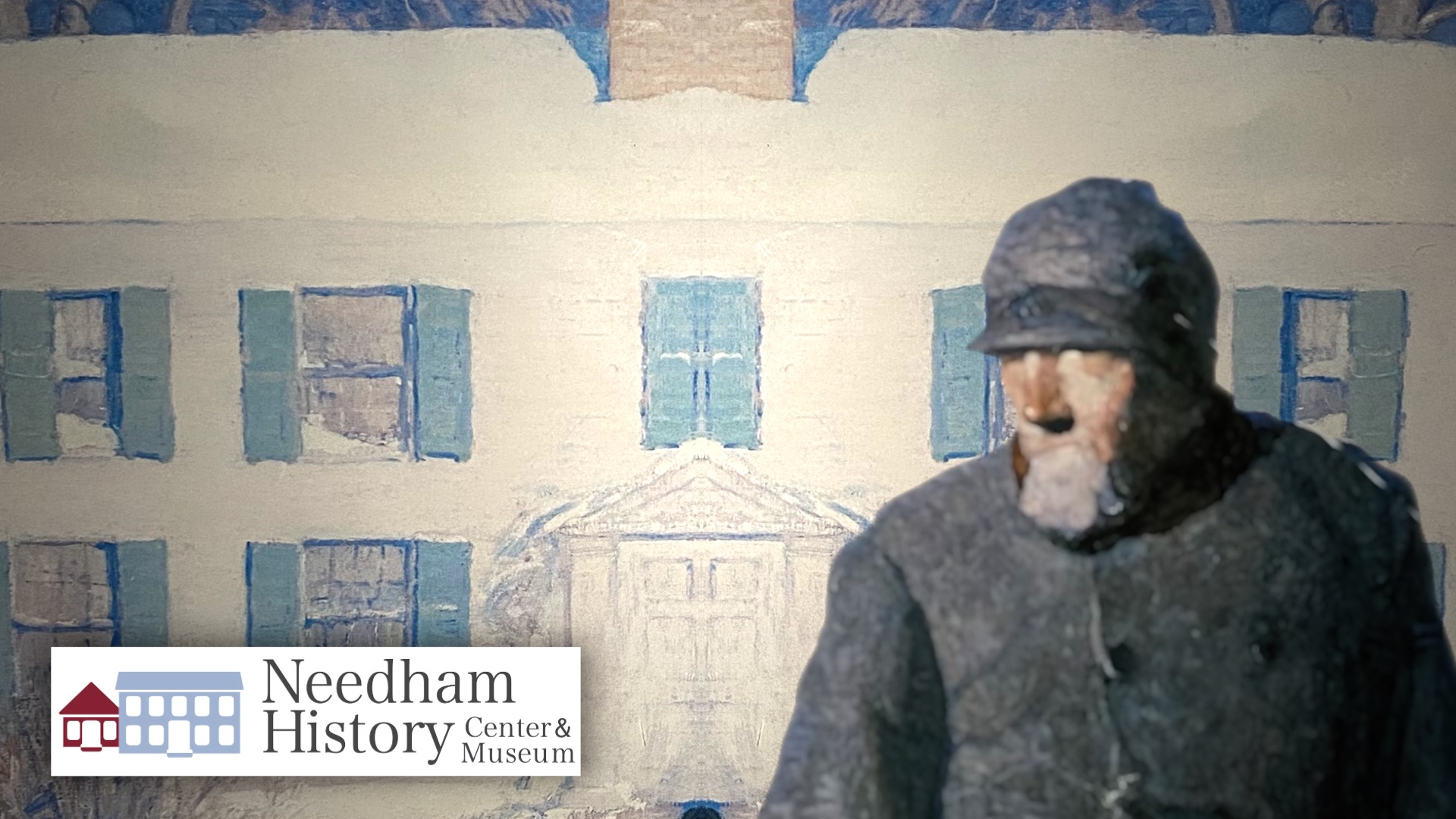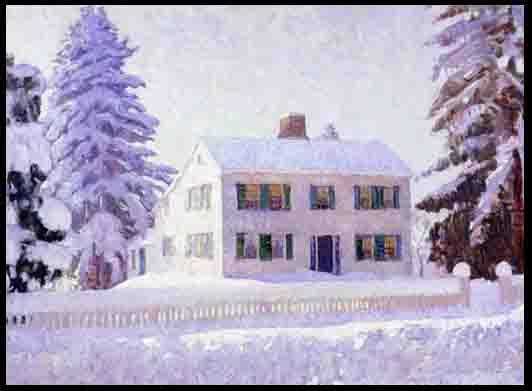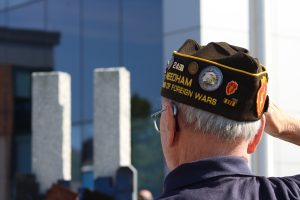
Needham History: A House with So Much History!
My heart skips a beat

So Much History!
(Part 1)
I am not a skittish person, but “House for Sale” signs scare me. Every time I pass a new one my heart skips a beat, and I do a quick assessment in my head – is it one of our historic houses? Is it a likely tear-down? Are we about to lose another piece of our precious and increasingly-rare shared history? Recently, my heart has been on a run of good luck – no demolition requests for historic houses, and even a new bylaw to create protected Local Historic Districts.
I hope that luck is not about to run out… This week, the historic Joshua Lewis House on South Street was listed for sale. What makes it harder for me, is that this was not supposed to happen. I thought that this one was finally safe.
The Lewis house was built on South Street around 1776, on a beautiful piece of property that backs up to the Charles River. It has been a feature of Needham for 250 years, and is probably the most interesting and important of our historic houses. I will get to its rich history in a moment, but first – what happened?
The house was purchased in 2019 by Linda Bean (granddaughter of L.L. Bean), to become a part of her N.C. Wyeth Research Foundation & Reading Libraries. The house had been owned by the extended Wyeth family for many years, which is why it was sought by the Foundation. It was intended as a facility for researchers, and would hold a large and very important collection of Wyeth-related books, articles, and ephemera – many quite rare, and several of which are unique. Along with properties in Port Clyde, Maine and Wilmington, Delaware, the Needham house would have formed a center for the study of the history, art, and legacy of N.C. Wyeth and his family. There would also have been programs to explore the rich ecology of the Charles River (a favorite of NCW, especially as a young man), and the opportunity to develop programs for the schools. Sadly, Linda passed away suddenly in March before these plans could be completed, and so they fell through. The Foundation has opted to sell the Lewis house to support the work of the other two properties.
But the story of the Joshua Lewis House starts well before the Wyeth family. Joshua Lewis built the house in 1776 at the time of his marriage to Mary Lyon. The property came to him through his father-in-law, Nathaniel Lyon of Roxbury, who owned substantial properties in Needham. The house is a central-chimney structure, with a central stairway, two floors, two rooms on either side of the stairs up and down, and a kitchen ell to the rear. There have also been additions over the years. This was a common house form in Needham in the 18th and early 19th centuries – our Mills House is similar.
Joshua and Mary had nine children, six of whom survived infancy. Their fifth child, Abigail (“Nabby”), is the protagonist of the first good story. At the age of around 18 or 19, Nabby married a sailor from the Azores named Antonio Courante. How the young daughter of a Needham landowner ever crossed paths with a penniless seaman from the Boston dockside slums, I can’t even begin to guess. But she did, and Papa Joshua was Not Happy. But Nabby was Happy, so she departed for Boston with her husband, got herself disowned, and then got herself re-owned when Antonio was captured by the British. His return and eventual acceptance by Joshua Lewis is in itself a long story, which you can find here (“Who is Antonio Courante?”). This is my only pirate-adjacent story. Though, given that Needham is landlocked, I guess I am lucky to even have one.
After Joshua’s death. The property was divided among his surviving children, with Nabby’s portion being held in trust for her children by Antonio. The house remained in the family until 1835. In 1858, two owners later, it was purchased by David MacDougall Livingston – the first of several artists to occupy the house. Livingston was a wood-carver. His best-known work is the grand stairway at the Boston State House.
Livingston only held the property for a few years, and by 1865 it was being leased (and soon owned) by Denys Zirngiebel. Zirngiebel was a Swiss botanist, who came to the US in 1855, when his land was appropriated by the Swiss National Railway. He first worked in Cambridge for the Harvard Arboretum, and later moved to Needham to open his own nursery business. The South Street property became the site of his greenhouses. Zirngiebel is best known in Needham as the “Pansy King” – he created the hybrid Giant Swiss Pansy from the small wild viola (“Johnny Jump-Up”) and developed not only its larger size but a range of new colors and combinations. These are the pansies that we plant in Needham every April. (For more about pansies, see “Why Pansies?”)
Next Week – The Rest of the Story (as Paul Harvey used to say)
The Zirngiebel Nurseries greenhouses, behind the Lewis house on the lawn that runs down to the Charles River. Inset: Denys Zirngiebel.
 |
Gloria Polizzotti Greis is the Executive Director of the Needham History Center & Museum. For more information, please see their website at www.needhamhistory.org. |

